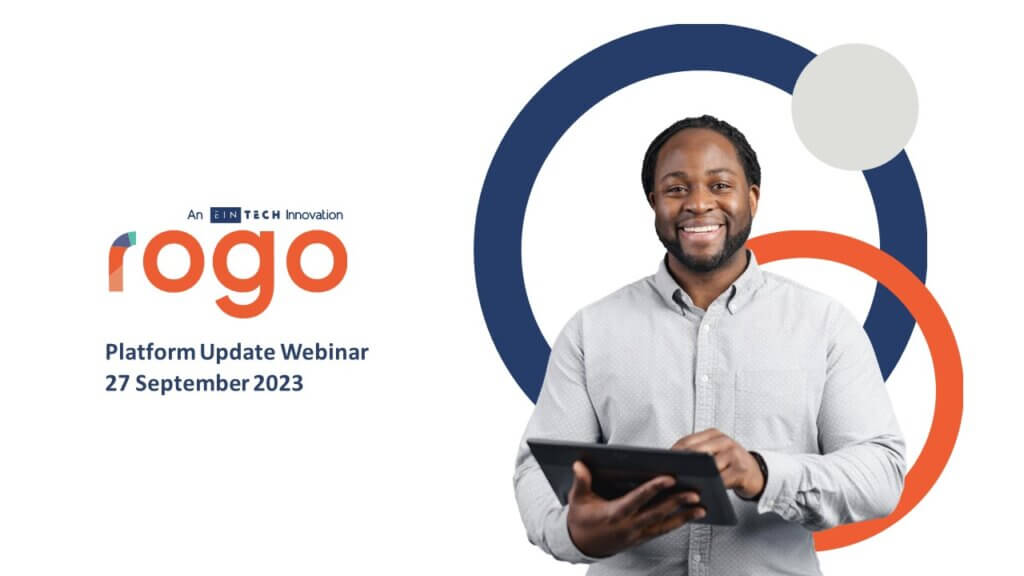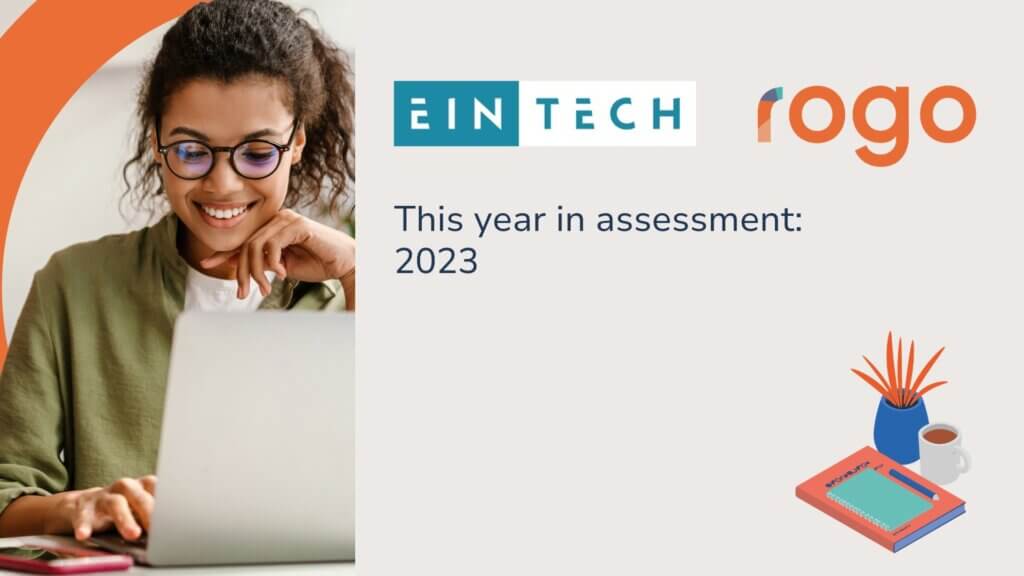From higher education to professional qualifications, everyone who has organised assessments over the past few years has been impacted by the switch to digital learning. The pandemic made eLearning a necessity, rather than a bonus, and we all had to learn to adapt quickly. However, the move to online assessments wasn’t a temporary fix, and it’s clear that the trend isn’t going anywhere. With eAssessments quickly becoming the new normal, it’s important that you make the transition as seamless as possible. Read on to discover the five top challenges faced when planning a long-term switch to online assessment, and how you can overcome them.
1: Cheaters never win
We’ve all been told throughout the years that cheaters never prosper, but ensuring the appropriate invigilation is in place during an assessment is vital for maintaining the accuracy of the results and the credibility of the qualification. It makes sense, then, that so many organisations have been reluctant to accommodate remote online assessments until absolutely necessary, as the lack of an in-person invigilator can seem like a daunting prospect.
However, eAssessment platforms like Rogo offer built-in remote proctoring technology which eliminates the need for invigilators by using webcam recording of the candidate, desk-top and wider room view, as well as identity checks to ensure a fair assessment is taking place in every candidate’s location. Making sure your eAssessment platform offers remote proctoring is a great way to solve any concerns about cheating during your examination, helping you to switch to a digital platform without worry.
2: Technical troubles
In a traditional exam setting, there are few ways for the assessment to malfunction. You can forget your pen or smudge the ink, but it’s a fairly foolproof environment. However, the nature of online examinations means that your candidates are subject to the will of technology. This leads to the potential for all sorts of issues to arise, from WiFi dropping out to web pages not responding. Of course, even the most robust eAssessment platform can’t directly affect a student’s internet connection, but that doesn’t mean that you have to stick to pen and paper forever – you just have to make sure that there are procedures in place to safeguard your candidates against any technical issues.
One way to ensure this is to use a platform that offers some form of saving functionality. Whether that’s an autosave feature, or the opportunity for the candidate to save their work as they go, this can greatly reduce the likelihood of losing significant amounts of work in the case of a technical issue.
3: Is anybody there?
On the topic of issues in the exam, many of us are used to the presence of an invigilator or other figure who can help when required. If you run out of paper, for example, someone will bring you some more. So how can you translate that to an online assessment environment, when it’s just the candidate and their computer? How can you ensure that students get the support they need, from issues with the test to technical questions?
Using a platform which offers the option for a ‘help’ function can be great for providing peace of mind for both candidates and assessors, who know they can find the information required if they need it. Alternatively, some eAssessment platforms allow a real person to be available for technical support during the test via a live chat function, meaning that students can chat to a support assistant and get help in a timely manner. Recent research shows that the option for a live chat function was among the top three most requested features in eAssessment platforms, so there is a clear demand for this kind of support.
4: Mistakes happen
For many people, using an entirely new technology is stressful enough. Pair this with the naturally demanding environment of an assessment, and you might think you have a recipe for disaster. If candidates are unsure about the platform they may be overly cautious, slow to navigate the assessment, or make technical errors which impact their results. So how can you make sure your students are as comfortable as possible with your new eAssessment platform, eliminating the concerns around the switch to digital?
As with many activities, practice makes perfect when it comes to eAssessment. Candidates will feel much more relaxed about their digital examination if they are aware of and used to the platform they’re working with, so making sure they have ample opportunity to use the software before the exam is a great way of familiarising them with it. Facilitating practice papers online is one way of achieving this – and research found that a quarter of students found online practice papers difficult to access, so making these a prominent feature of your platform can help candidates feel more at ease with their experience. Alternatively, introducing low-stake testing can increase your students’ familiarity with the eAssessment platform, without added stress. Low-stake testing, or tests which allow students to learn from their mistakes with minimal academic penalty, can help to take the pressure off while students are learning a new software. After becoming more familiar with the platform through these low-stake tests, a candidate is more likely to approach the high-stake assessment with confidence.
5: One-size-fits…
Finally, it’s important to gather more input before you make a change to your eAssessment strategy. Online learning is not a one-size-fits-all approach, and your specific circumstances will require a bespoke platform. So how can you make sure that you’re making the right decisions, and that your assessors and candidates are heard in their preferences for digital assessments?
It might seem obvious, but speaking to your assessors and candidates to understand their thoughts on eAssessment and what they would like to see in their software is crucial when developing your platform strategy. Each person interacts with the software differently, so you need to know that it is working well for everybody involved before you commit. No man is an island, so don’t leave anyone stranded!
Making a long-term switch from offline to online assessments is a strategic decision, but it’s one that needs to be addressed if you hope to stay ahead of the curve in the coming years. With a growing number of eAssessment platforms available, each with unique features, it can be difficult to navigate the market and choose the right software for you. If you want to find out how Rogo can help you understand the features available and develop a unique package for your needs, get in touch with us today.


